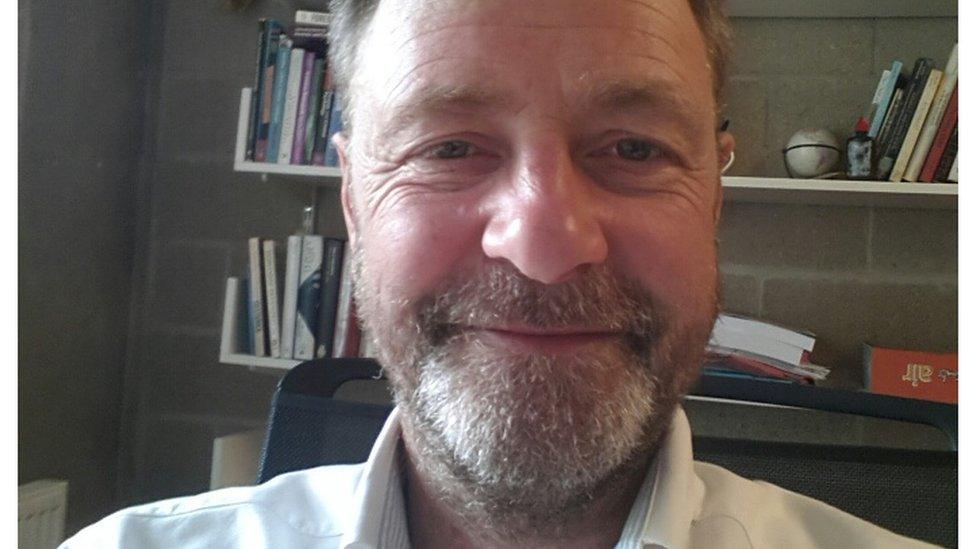Stepfathers' youth a factor in child homicides - study
- Published

Being young, rather than not being related biologically, could be a main factor in telling if a father figure is likely to kill a child, a study says.
Research by the University of East Anglia (UEA) claims the relative ages of men involved in these crimes is more significant than a firm genetic link.
The study, external challenges an assumption that children are more likely to be abused if cared for by a step-parent.
This link has been called the "Cinderella effect".
What is the 'Cinderella effect'?
This is a theory, first put forward by evolutionary psychologists in the 1970s, which claims there is a direct link between step-relationships and child abuse or homicide.
Psychologists supporting the theory claim stepfathers have no genetic reason to invest in a child to whom they are not biologically related, and so are more likely to maltreat, abuse or even kill these youngsters.
They suggest step-parents tend to be less warm and caring, and hence more prone to frustration and irritation in their interactions with their step-children.
So what did the UEA researchers discover?
The UEA researchers found there were issues with previous research which has supported the "Cinderella effect", claiming stepfathers are far more likely to harm children.
They reviewed data from the UK Home Office Homicide Index between 2000 and 2015 and compared it with detailed population data from three large surveys for the same period.
They found that age was a more significant factor.
"In general, the data indicates that younger fathers are more likely to abuse or kill their children than older fathers, regardless of whether they are stepfathers," said lead researcher Dr Gavin Nobes.
"Also, the population surveys show that stepfathers are, on average, much younger than genetic fathers.

Dr Gavin Nobes says the picture is a complex one
"This means that the 'Cinderella effect' can be at least partly explained by stepfathers' relative youth, rather than not being genetically related to their victims.
"There are many possible reasons for the link between parental age and child maltreatment - young parents are more likely to be on low incomes, perhaps less well-educated and possibly less equipped to cope with the stresses of parenthood."
What constitutes a stepfather?
The UEA study also notes that individuals responsible for violence against children are sometimes recorded as a stepfather for convenience, even when they are not.
Many may be short-term or casual partners of the mother, with no significant relationship to the child, and not living with them.
"A police officer recording the murder of a child by the mother's recent casual partner would be likely to describe the child as a stepchild because no more accurate description is available on the homicide return form."
Are the researchers saying stepfathers are never a risk?
No, the study does acknowledge that children are at risk from stepfathers, who are "indeed, more likely to kill children than are genetic fathers".
Around 20 children in England and Wales are killed by their fathers each year - and stepfathers are the perpetrators in a quarter of these cases.
However, the researchers say child homicide rates among stepfathers cannot be wholly explained by a lack of genetic connection and the difference between stepfathers and biological fathers is "not nearly as great as the evolutionary psychologists have claimed".
What could the research mean for policy-makers?
The researchers say the message for policy-makers and professionals is that support should be targeted towards at-risk families where the father and child are young - particularly in the first year of their relationship - and when the father, or mother's partner, does not live with the child.
Dr Nobes says the research offers a fresh perspective which could help practitioners and policy-makers decide where to channel resources.
"In particular, rather than assuming that stepfathers are more dangerous than genetic fathers, other factors - such as both father and child being young, and their not living together - are actually better predictors of whether a child is at risk of being abused or killed."
He adds: "The great majority of stepfathers and stepmothers, and young mothers and fathers, are very good parents - only a tiny minority of parents, almost all of whom face great challenges in their lives, are at risk of harming their children."
- Published26 September 2018
